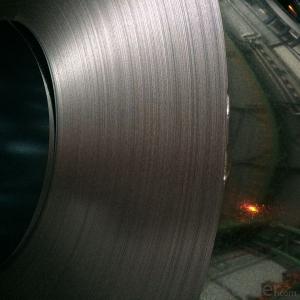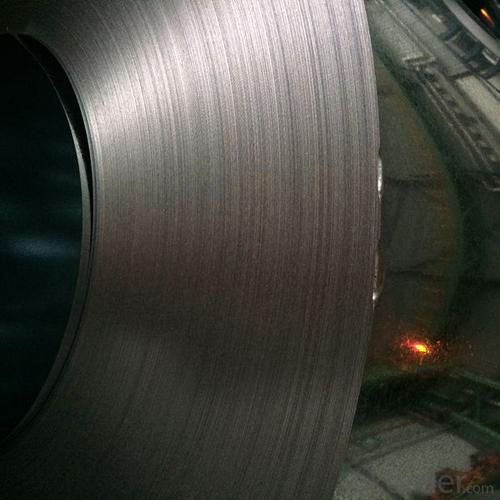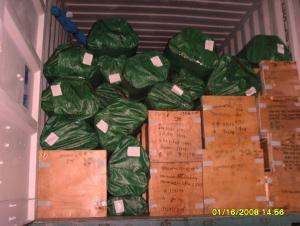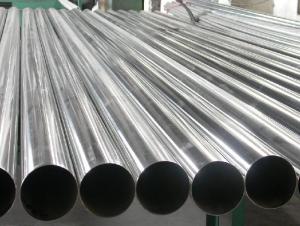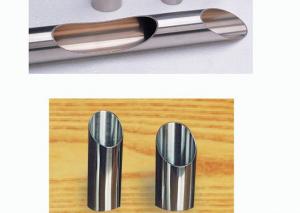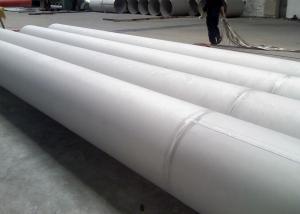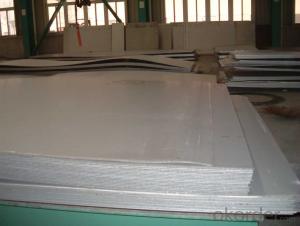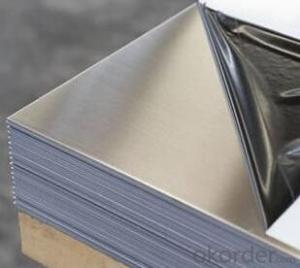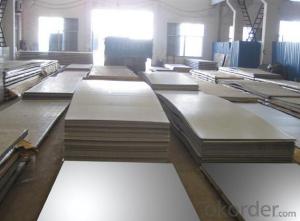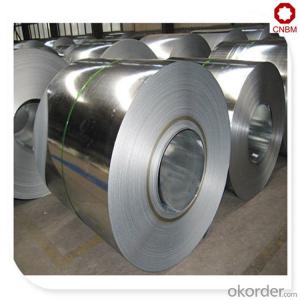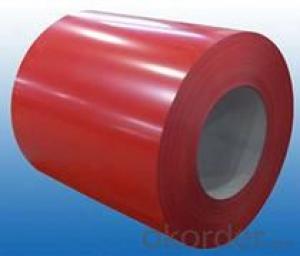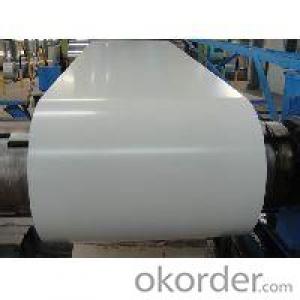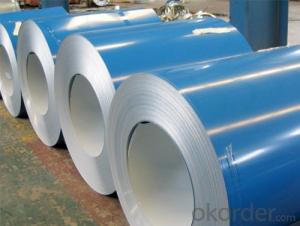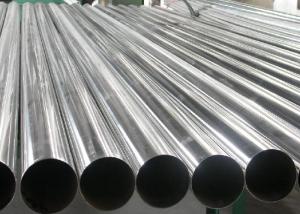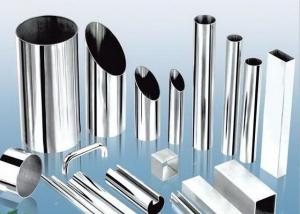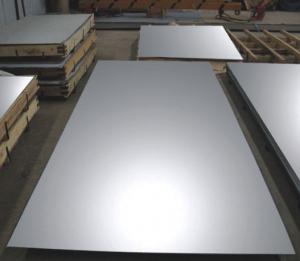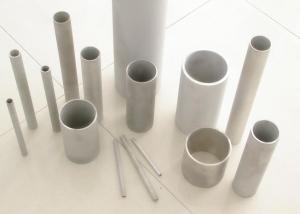China DX51D Z100 Z275 Prime Hot Dipped Prepaint Galvanized Steel Coil Price
- Loading Port:
- Tianjin
- Payment Terms:
- TT OR LC
- Min Order Qty:
- 50 m.t.
- Supply Capability:
- 20000 m.t./month
OKorder Service Pledge
OKorder Financial Service
You Might Also Like
Specification
DESCRIPTION FOR GALVANIZED STEEL COILS:
Mian Quality Standard | JIS G3302, EN10346, DIN17162, ASTM A653/653M, GB2518 |
Process | hot dip galvanizing |
Process Speed | 1#. Max 120m/min, 2#. Max 130m/min |
Thickness | 1#. 0.25mm upto 1.20mm, 2#. 0.25mm upto 1.0mm |
Width | 900mm upto 1300mm |
Surface Finish | zero spangles, skinpassed, oiled,chromated, tension level, |
Coating | zinc layer mass on both sides from 30 g/m2 upto 180g/m2 |
Yield Strength | 220Mpa upto 750Mpa |
Weight per Coil | max 15,000kg |
Inner Diameter | φ 508mm |
Outer Diameter | max φ 2,050mm |
Finished Internal Diameter | Φ 508mm or φ 610mm |
Finished Coil Weight | 1#. max 10,000kg, 2#. max 15,000kg |
Packing | Mill's Export Standard Packing |
Capacity | 300,000 tons/year |
EXPORT STANDARD FOR GALVANIZED STEEL COILS:
-Axial and circumferential steel straps with seal (4 steel straps each)
-VCI Anti-rust kraft paper
-Water-proofing plastic
-Pearl wool (coil surface)
-Steel cover (coil surface/bore)
-Plastic cover (coil sides)
-Inside and outside corner protectors
Or According customers' requirements(Usually only for domestic)
PACKAGING &DELIVERY FOR GALVANIZED STEEL COILS:
Packaging Detail Standard export packing or following customer's demand
Delivery Time: Within 30-40 days after deposit or according to the order quantity
PACKAGING &DELIVERY FOR GALVANIZED STEEL COILS:
1.Big thickness:by bulk vessel
2.Small thickness:packed by steel strips and shipped by container
3.According to the requirements of customers'
TRADE TERMS FOR GALVANIZED STEEL COILS:FOB, CFR, CIF
DETAILED PICTURES FOR GALVANIZED STEEL COILS:

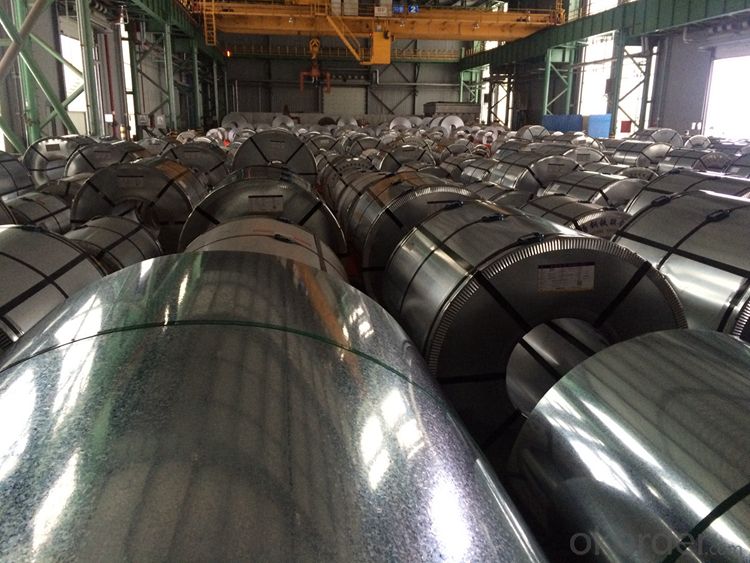
APPLICATION FOR GALVANIZED STEEL COILS:
Galvanized steel products are mainly used in construction, light industry, automobile, agriculture , fishery and commercial industries. They have great advantages:1.it has small harm to the environment and it can be recycled, greatly lighten the stress to the environment.2.it is convenient to process,easy to construct and has good waterproof effect.
FAQ FOR GALVANIZED STEEL COILS:
Q:Do you have OEM service?
A: Yes.Variety of products size,quality and quantity can be customized according to your need.
Q:Could you support free sample?
A:Yes.We can supply FREE samples.But the delivery charges will be covered by our customers.
Q:What are the advantages of your company ?
A: We have many professionals, technical personnel, more competitive prices and best after-dales service than other steel companies.
Q:Can you arrange the shipment ?
A: Sure we can help you with the shipment. We have forwarders who have cooperated with us for many years.
- Q: Can stainless steel sheets be used for decorative purposes?
- Yes, stainless steel sheets can be used for decorative purposes. They are known for their sleek and modern look, making them a popular choice for various decorative applications such as countertops, backsplashes, wall cladding, and furniture. Their durability, resistance to corrosion, and ability to maintain a clean appearance make them suitable for both indoor and outdoor decorative projects.
- Q: Do stainless steel sheets have a specific weight?
- Indeed, stainless steel sheets possess a distinct weight. The weight of a stainless steel sheet is contingent upon its dimensions, thickness, and density of the stainless steel substance. In comparison to other metals, stainless steel generally exhibits greater density, resulting in a higher weight for an equivalent volume. To compute the weight of a stainless steel sheet, one can multiply its volume by its density. Typically, the specific weight of stainless steel is denoted in pounds per square foot or kilograms per square meter.
- Q: How do you prevent galvanic corrosion on stainless steel sheets?
- One way to prevent galvanic corrosion on stainless steel sheets is to ensure that they are not in direct contact with dissimilar metals. This can be achieved by using insulating materials, such as rubber gaskets or plastic washers, between the stainless steel sheets and any other metal surfaces they come into contact with. Additionally, regular cleaning and maintenance of the stainless steel sheets can help remove any potential corrosive agents and minimize the risk of galvanic corrosion.
- Q: Can stainless steel sheets be used for countertops?
- Yes, stainless steel sheets can be used for countertops. Stainless steel is a durable and versatile material that is resistant to stains, heat, and bacteria, making it an excellent choice for kitchen countertops. It is easy to clean, maintain, and has a sleek and modern appearance. Stainless steel countertops are commonly used in commercial kitchens but are also becoming increasingly popular in residential settings due to their durability and hygienic properties.
- Q: What are the common uses of stainless steel sheets in the automotive industry?
- Stainless steel sheets find numerous applications in the automotive industry due to their unique properties and characteristics. Here are some common uses of stainless steel sheets in this industry: 1. Exhaust Systems: Stainless steel sheets are extensively used for manufacturing exhaust systems in vehicles. The high-temperature resistance, corrosion resistance, and durability of stainless steel make it an ideal choice for this application. 2. Body Panels: Stainless steel sheets are often used for manufacturing body panels, such as fenders, hoods, and doors. The strength, impact resistance, and aesthetic appeal of stainless steel make it a popular material for enhancing the durability and appearance of vehicles. 3. Structural Components: Stainless steel sheets are utilized in the fabrication of various structural components in automotive applications. These may include chassis, brackets, reinforcements, and frame parts. Stainless steel's high strength-to-weight ratio and excellent mechanical properties make it suitable for enhancing the overall stability and strength of the vehicle. 4. Fuel Tanks: Stainless steel sheets are frequently used for manufacturing fuel tanks in automobiles. Stainless steel's resistance to corrosion, particularly against chemicals present in fuels, ensures long-lasting and leak-free fuel storage. 5. Heat Shields: Stainless steel sheets are employed in the production of heat shields to protect sensitive components from excessive heat generated by the engine or exhaust system. Stainless steel's excellent thermal conductivity and resistance to high temperatures make it an ideal material for this purpose. 6. Fasteners and Clamps: Stainless steel sheets are used to manufacture various fasteners, clamps, and brackets in automotive applications. These components require high strength, corrosion resistance, and durability, which stainless steel provides. 7. Trim and Decorative Accents: Stainless steel sheets are often utilized for trim and decorative accents in vehicles. The aesthetic appeal, shine, and corrosion resistance of stainless steel add a touch of elegance and durability to the vehicle's interior and exterior. In summary, stainless steel sheets find a wide range of applications in the automotive industry, including exhaust systems, body panels, structural components, fuel tanks, heat shields, fasteners, clamps, and trim. The unique properties of stainless steel, such as corrosion resistance, high strength, durability, and aesthetic appeal, make it a preferred material for numerous automotive applications.
- Q: Can stainless steel sheets be used for elevator buttons?
- Indeed, elevator buttons can utilize stainless steel sheets. The durability, corrosion resistance, and aesthetic allure of stainless steel make it a favored material for such purposes. It boasts the ability to endure substantial usage and frequent contact, while remaining simple to clean and maintain. Moreover, the sleek and contemporary look of stainless steel harmonizes seamlessly with the elevator's overall design.
- Q: Are stainless steel sheets heat-resistant?
- Yes, stainless steel sheets are heat-resistant. Stainless steel is known for its ability to withstand high temperatures without warping or deforming, making it an excellent choice for applications that involve heat exposure. The chromium content in stainless steel forms a protective layer on the surface, which helps to prevent oxidation and corrosion even at elevated temperatures. This heat resistance property makes stainless steel sheets suitable for a wide range of applications, including industrial equipment, kitchen appliances, automotive parts, and construction materials.
- Q: Are stainless steel sheets good for high-temperature applications?
- Stainless steel sheets prove to be an exceptional choice for applications at high temperatures. With a high melting point that typically ranges from 1400 to 1450 degrees Celsius (2552 to 2642 degrees Fahrenheit), stainless steel becomes suitable for environments with elevated temperatures. Moreover, this type of steel displays remarkable resistance to oxidation when subjected to high temperatures, effectively preventing the formation of scales or rust that could potentially weaken the material. Additionally, stainless steel boasts good thermal conductivity, facilitating efficient heat transfer. These remarkable attributes establish stainless steel sheets as a dependable option for a diverse range of high-temperature applications, such as industrial furnaces, heat exchangers, boilers, and exhaust systems.
- Q: How do you prevent galling when using stainless steel sheets?
- To prevent galling when using stainless steel sheets, there are several measures you can take: 1. Lubrication: Apply an appropriate lubricant or anti-seize compound on the contact surfaces to reduce friction. This helps to create a barrier between the stainless steel sheets and prevent them from sticking and galling. 2. Proper surface finish: Ensure that the stainless steel sheets have a smooth surface finish. Rough or uneven surfaces can increase the risk of galling. Consider using sheets with a polished or finely ground finish to minimize the chance of galling. 3. Control the contact pressure: Avoid excessive pressure when using stainless steel sheets. Excessive pressure can generate heat and increase friction, leading to galling. Adjust the pressure to a level that allows smooth movement without causing excessive friction. 4. Minimize sliding or rubbing: Reduce the amount of sliding or rubbing between stainless steel sheets. If possible, use rolling or lifting techniques instead of dragging or sliding the sheets across each other. This helps to minimize the risk of galling by reducing the contact area and friction. 5. Use compatible materials: When using stainless steel sheets in contact with other materials, ensure they are compatible. Some materials, such as aluminum or certain coatings, can promote galling when in contact with stainless steel. Choose materials that are less prone to galling or use protective coatings to prevent direct contact. 6. Avoid excessive heat: Excessive heat can increase the likelihood of galling in stainless steel sheets. Ensure that the temperature is controlled and does not reach levels that can cause the sheets to heat up significantly. This can be achieved through proper cooling methods or by using heat-resistant materials if necessary. By following these preventive measures, you can significantly reduce the risk of galling when using stainless steel sheets, ensuring smooth operation and prolonging the lifespan of the sheets.
- Q: Are stainless steel sheets resistant to high-pressure environments?
- Yes, stainless steel sheets are highly resistant to high-pressure environments due to their exceptional strength, durability, and resistance to corrosion.
Send your message to us
China DX51D Z100 Z275 Prime Hot Dipped Prepaint Galvanized Steel Coil Price
- Loading Port:
- Tianjin
- Payment Terms:
- TT OR LC
- Min Order Qty:
- 50 m.t.
- Supply Capability:
- 20000 m.t./month
OKorder Service Pledge
OKorder Financial Service
Similar products
Hot products
Hot Searches
Related keywords
